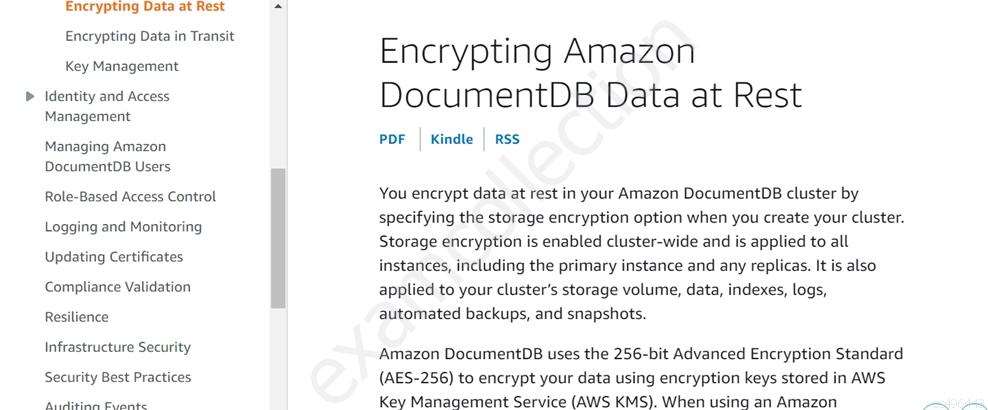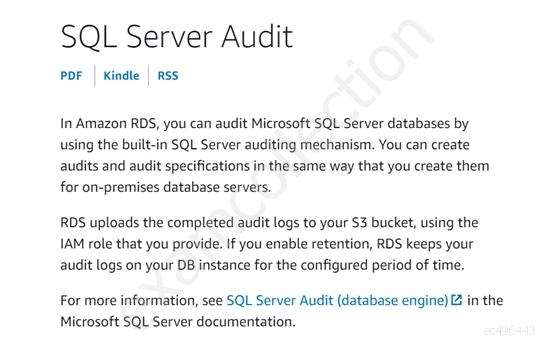A company that analyzes the stock market has two offices: one in the us-east-1 Region and another in the eu-west-2 Region. The company wants to implement an AWS database solution that can provide fast and accurate updates.
The office in eu-west-2 has dashboards with complex analytical queries to display the data. The company will use these dashboards to make buying decisions, so the dashboards must have access to the application data in less than 1 second.
Which solution meets these requirements and provides the MOST up-to-date dashboard?
A. Deploy an Amazon RDS DB instance in us-east-1 with a read replica instance in eu-west-2. Create an Amazon ElastiCache cluster in eu-west-2 to cache data from the read replica to generate the dashboards.
B. Use an Amazon DynamoDB global table in us-east-1 with replication into eu-west-2. Use multi-active replication to ensure that updates are quickly propagated to eu-west-2.
C. Use an Amazon Aurora global database. Deploy the primary DB cluster in us-east-1. Deploy the secondary DB cluster in eu-west-2. Configure the dashboard application to read from the secondary cluster.
D. Deploy an Amazon RDS for MySQL DB instance in us-east-1 with a read replica instance in eu-west-2. Configure the dashboard application to read from the read replica.
The office in eu-west-2 has dashboards with complex analytical queries to display the data. The company will use these dashboards to make buying decisions, so the dashboards must have access to the application data in less than 1 second.
Which solution meets these requirements and provides the MOST up-to-date dashboard?
A. Deploy an Amazon RDS DB instance in us-east-1 with a read replica instance in eu-west-2. Create an Amazon ElastiCache cluster in eu-west-2 to cache data from the read replica to generate the dashboards.
B. Use an Amazon DynamoDB global table in us-east-1 with replication into eu-west-2. Use multi-active replication to ensure that updates are quickly propagated to eu-west-2.
C. Use an Amazon Aurora global database. Deploy the primary DB cluster in us-east-1. Deploy the secondary DB cluster in eu-west-2. Configure the dashboard application to read from the secondary cluster.
D. Deploy an Amazon RDS for MySQL DB instance in us-east-1 with a read replica instance in eu-west-2. Configure the dashboard application to read from the read replica.

